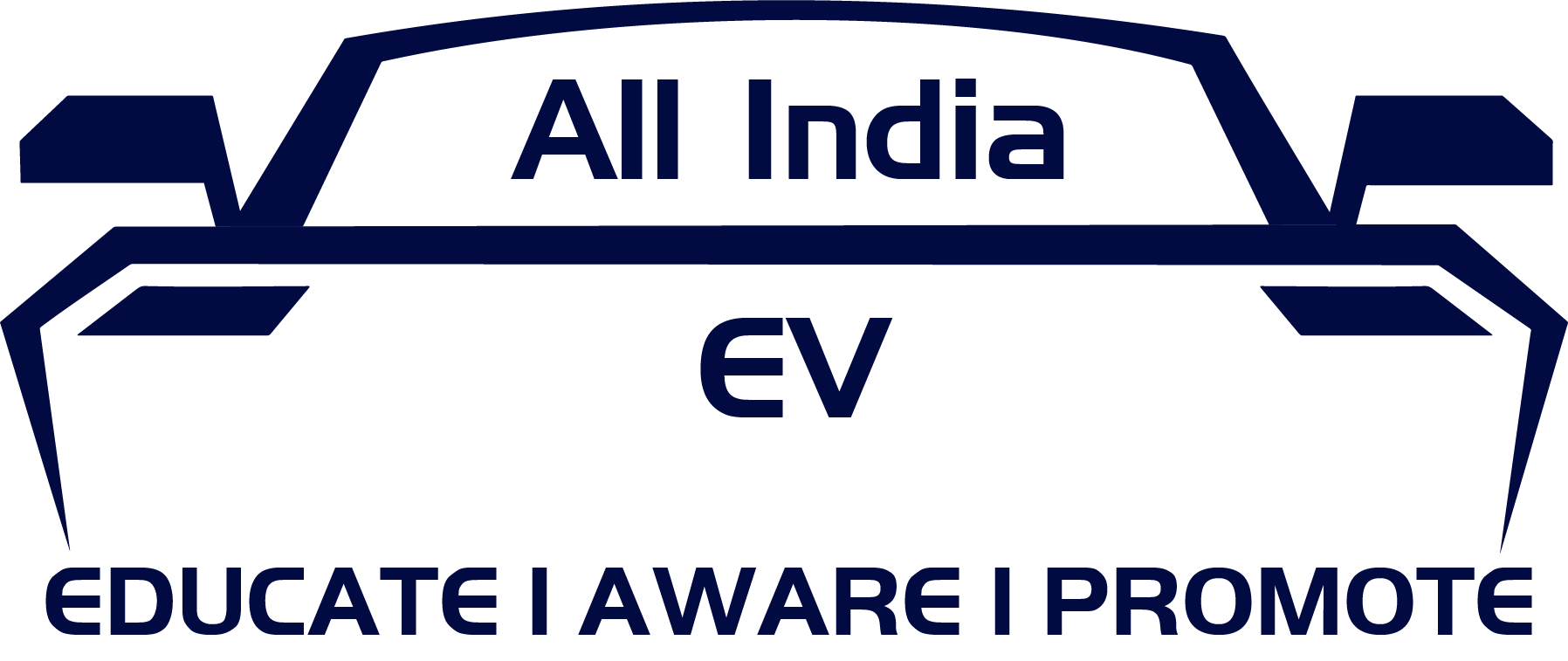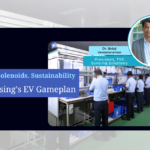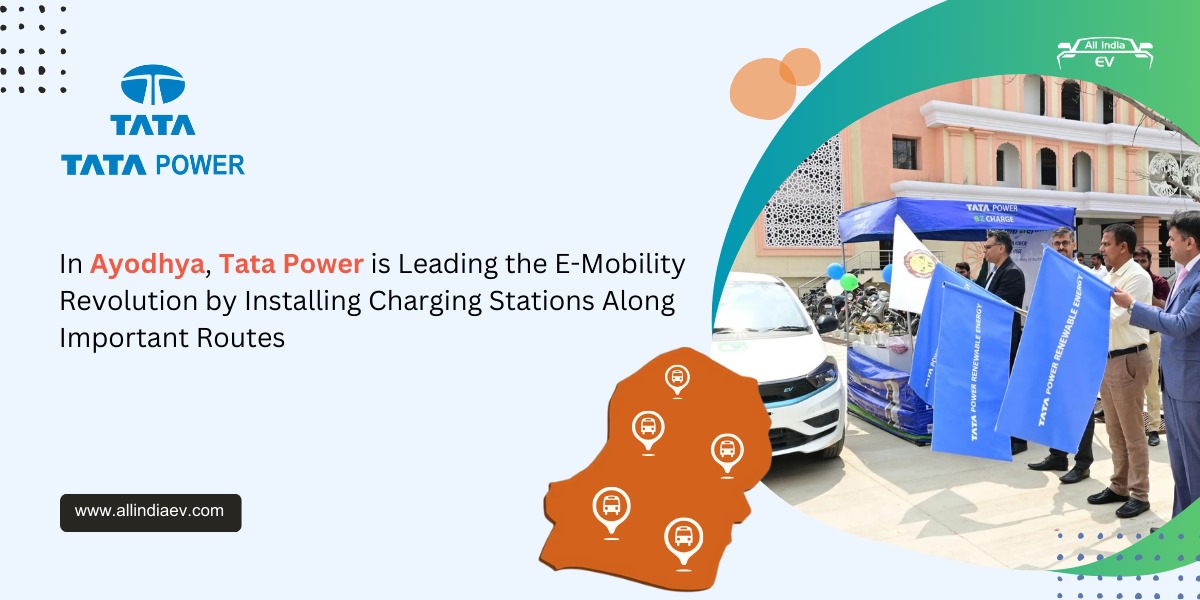
How was 2023 for ChargeUp?
All India EV: How was 2023 for your business? What milestones did your business achieve this year?
ChargeUp: In retrospect, 2023 proved to be a significant year for ChargeUp, marked by the accomplishment of various major milestones. The growth of our community was particularly noteworthy, escalating from a modest 100 drivers in 2020 to an impressive count of over 4000 towards the end of 2023. Additionally, our expansive network of swapping stations, dealers, and distribution centres experienced substantial growth, reaching a total of 330, facilitating the induction of 7000 batteries.
Notably, our efforts translated into the successful charging of a cumulative 80 million green kilometers throughout the year, leading to the remarkable saving of over 6.8 million tonnes of carbon emissions. One of our proudest achievements was the establishment of India’s first completely renewable solar battery swapping station in Jaipur.
On an organizational level, we celebrated surpassing the milestone of 100 employees, underscoring our unwavering commitment to growth. Beyond these accomplishments, 2023 ushered in a new era for Chargeup, enabling us to incorporate valuable feedback and evolve our business offerings. This evolution empowered our distribution network to serve as a means of distribution and a point of sale for our community of drivers. Collaborating with major non-banking financial companies (NBFCs), we successfully facilitated lower interest rates for battery and e-rickshaw purchases, enhancing accessibility for our driver community.
Our strategic partnerships resulted in a 30% decrease in down payment requirements and extended loan tenures, solidifying our commitment to a driver-centric approach. By refining our financing solutions, we seamlessly transitioned into an end-to-end solution for electric 3-wheelers (E3W), providing a comprehensive service from the initial purchase of batteries or rickshaws to end-of-life battery disposal and recycling. In essence, Chargeup has become a one-stop shop for all E3W needs.
All India EV: How do you see the next 3-4 years of your business? Are you planning to venture into new segments in the industry?
ChargeUp: Looking ahead to the next 3-4 years, we envision significant growth and expansion for our business within the dynamic sunrise industry. Our strategic plans include expanding into new geographies, with the current momentum propelling us to add 20 more cities to our network by the end of 2025. This geographical expansion aligns with our commitment to meeting the escalating demand for electric 3-wheelers (E3W).
In tandem, we are dedicated to enlarging our distributor and dealer network to effectively support the surging demand for E3W. We anticipate that a certain level of standardization and government support will play pivotal roles in fostering the smooth growth of our company and the industry at large. This, in turn, positions us to achieve our goal of incorporating 1 million drivers into our network.
Our commitment to a Fi-Ne-Tech approach remains unwavering, and we plan to continually innovate in this domain to enhance the overall network experience and effect for our drivers. Our primary objective is to elevate the earnings of our community of drivers through our end-to-end solution and streamlined financing options. Over the next 3-4 years, we anticipate these micro-entrepreneurs evolving into champions who drive more demand to us, garner attention, and become sustainable champions for the industry.
The imminent full rollout of our tech-enabled platform represents a key milestone, promising to simplify the lives of our dealer and distributor network while creating an even more seamless experience for drivers and the ecosystem overall. We are committed to the development of tailored technology, incorporating valuable driver feedback to continuously refine and improve the ecosystem for drivers.
As we optimize our financing for batteries and rickshaws, leveraging data collected from our IoT-enabled battery management system and our AI/ML-based predictive algorithm, our next goal is to replicate the success of providing insurance tools to our community of drivers. Additionally, a focal point of our efforts is enhancing the Karma score of drivers, akin to a credit score, to bolster their creditworthiness. Our strategic roadmap for the next 3-4 years is deeply rooted in growth, innovation, and a steadfast commitment to improving the overall experience for our drivers and stakeholders.
All India EV: Would you like to highlight some areas where the government can improve that can help the Indian EV market?
ChargeUp: Formalizing Battery Swapping Policy The Draft Battery Swapping Policy is currently under public review and is expected to become the defining legislation for service providers in this domain in India in the years ahead. Formalizing this policy will bring clarity and regulation to the sector.
Boosting EVs as a Priority Lending Sector Prioritizing EVs as a lending sector will further ease adoption, encouraging financial institutions to support individuals and businesses investing in electric transportation.
Standardization of Regulations Implementing standardized regulations will boost both ease of operations and EV adoption, creating a more predictable and supportive environment for businesses and consumers alike, however, this must be done carefully to not curtail innovation.
Research and Development Grants Continued support for research and development, especially in Lithium-Ion battery production, is crucial. Reducing dependency on imports of these metals will optimize resource allocation and enhance the industry’s ability to absorb supply shocks.
Skill Camps As the EV sector grows, there will be an increasing need for new technical expertise. Establishing skill camps and training programs will ensure a skilled workforce ready to meet the demands of this evolving industry.
Charging Infrastructure Development Significant efforts should be directed toward the development of charging infrastructure. A well-established charging network is vital for the widespread adoption of EVs and to ease range anxiety.
Enhancing Industry with Schemes Introducing more schemes like FAME II (Faster Adoption and Manufacturing of Hybrid and Electric Vehicles) and production-linked incentives (PLI) will further stimulate the growth of the EV industry, making India a global hub for electric mobility.
Promoting Smart Technology Encouraging the use of smart technology in battery management systems and EV manufacturing will foster innovation, ensuring that India remains at the forefront of technological advancements in the electric vehicle sector.
Policies for End-of-Life Systems Implementing policies to support end-of-life systems for the e-mobility sector will address environmental concerns and promote sustainable practices in the disposal and recycling of EVs.




